There are currently five generations in the adult population: Traditionalists (born 1927 to 1946), Baby Boomers (born 1946 to 1964), Generation X (born 1965 to 1980), Millennials (born 1981 and 1996) and Generation Z (born 1997 to 2009). That’s five generations of adults working, volunteering, becoming members of societies and organisations and starting businesses. We mustn’t also forget Generation Alpha (born from 2010 onwards), the first generation to be born entirely in the twenty-first century. Although they are not yet adults, they are predicted to be the most technologically immersed generation.
The current adult age gap is significant, spanning people born in 1920’s all the way to the 2010’s. With each generation having different needs and aspirations it is therefore useful for membership organisations to be mindful of this when considering their respective membership offerings. For example, would a printed newsletter benefit a Gen Z member or would they prefer a more digital approach? It’s all about profiling and this helps when taking a segmented approach. So, is a multigenerational adult population a good thing? How can it help societies, organisations and businesses to thrive?
Utilise strengths and dispel stereotypes
Let’s focus on Generation Z (Gen Z) for a moment, some people might describe Gen Z as tech savvy, diverse and open-minded. Although that description of Gen Z is sometimes stereotypical and perhaps overly rose-tinted, others might instead describe Gen Z with words such as “snowflake” and “woke”. In order to promote cohesion within generations it is important to understand that the stereotypes of any generations are just that, stereotypes and they should not be used to divide but to unite us.
However, it is equally important to appreciate that the core strengths, values, experiences and knowledge of each generation can be uniquely utilised to build a diverse culture within your society that enables people to work together and utilise each other’s strengths.
Innovate and Implement
A multi-generational volunteer-based association means a variety of experiences and points of view. Different perspectives can become a source of innovation. Younger people have greater exposure to digitalisation and innovation, and are therefore more open to embracing new technologies and modern working methods, whereas mature individuals can share their knowledge and industry experience and help guide the younger generation with their ideas to achieve practical objectives. By encouraging such open collaboration, volunteers and members from across the generations feel empowered to create initiatives and ideas together that combine past learnings with new innovations for greater efficiency.
Diversify
Every generation has its own specificities and is unique. By implementing knowledge from each generation, societies and organisations can better understand different member target markets and their mindsets, making it easier to communicate across all age spectrums. For example, one member may prefer the fast pace of email correspondence, whilst another may appreciate the tradition of a formal letter. A diverse mix of volunteers can help deliver services and benefits to all members.
The verdict
A mix of multigenerational volunteers can be an excellent asset to societies. By collating the opinions, thoughts and perspectives of many different people from different stages in life, an association is in a great position to bring together both tried and tested methods and also push the boundaries with new ideas and practices to help it develop and grow.
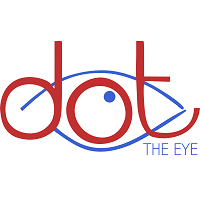 Dot-The-Eye is an Association Management Company (AMC), that has a proven track record in successfully supporting small to medium sized associations, societies and institutions in their core business whilst also giving them the opportunity to diversify by managing services that may be unique to their organisations.
Dot-The-Eye is an Association Management Company (AMC), that has a proven track record in successfully supporting small to medium sized associations, societies and institutions in their core business whilst also giving them the opportunity to diversify by managing services that may be unique to their organisations.



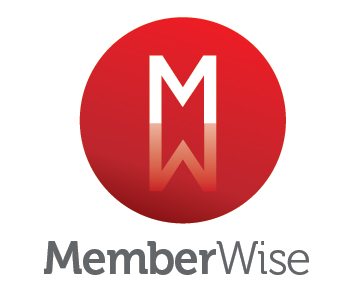


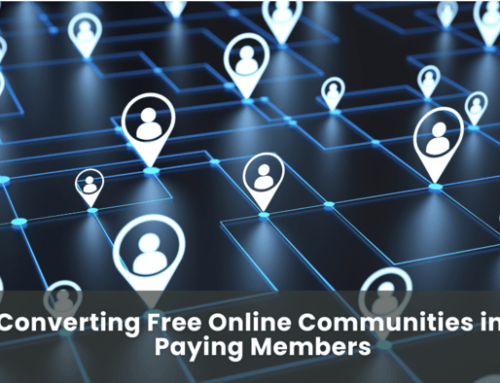

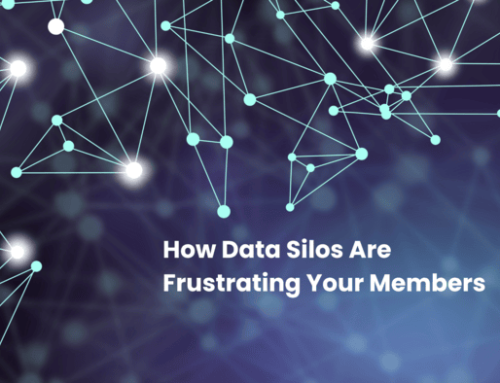
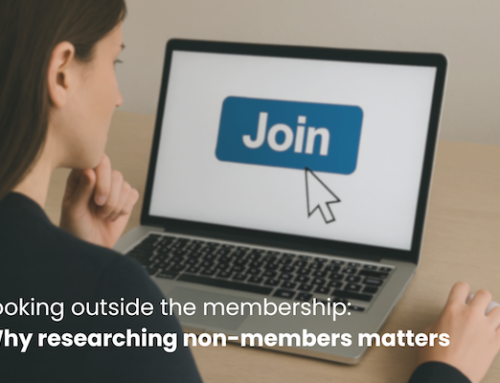
Leave A Comment